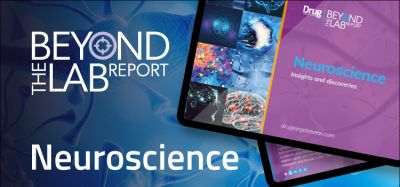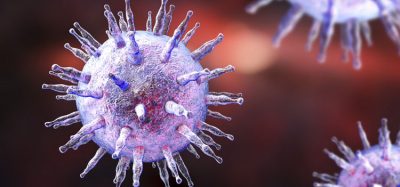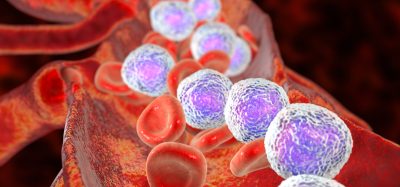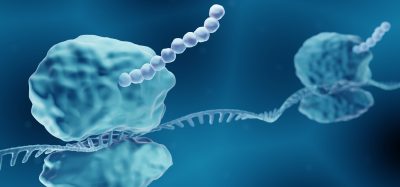Ground-breaking small molecule attenuates neuroinflammation in mice
Posted: 27 September 2021 | Anna Begley (Drug Target Review) | No comments yet
Limiting neuroinflammation was shown to be a promising approach to treat neurological diseases such as stroke and spinal cord injury in mice.
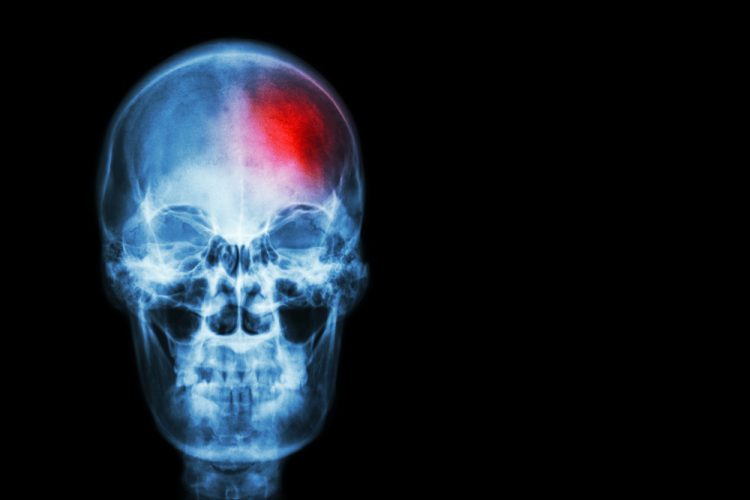
A team at the University of Alabama at Birmingham, US, have developed a small molecule drug that can potently attenuate the triggers of neuroinflammation. Limiting neuroinflammation has the potential to treat neurological diseases and neuropathic pain that are driven by neuroinflammation, such as stroke, stroke, spinal cord injury and neuropathic pain.
The team tested their small molecule drug, SRI-42127, in glial cell cultures and mouse models. Glial cells are the non-neuronal cells of the central nervous system (CNS) that help support and protect neurons. One of the types, microglia, are brain macrophages that respond to injury or infection. “Microglia and astroglia are key cells in the CNS that – when activated – drive neuroinflammation by secreting toxic inflammatory mediators, including cytokines and chemokines,” explained Peter King and Burt Nabors who led the study.
Prior research found that HuR, an RNA regulator protein that binds to AREs, plays a major positive role in regulating the inflammatory cytokine production, making it a major control point in neuroinflammation. HuR normally concentrates in the nuclei of glial cells. However, when glial cells are activated, HuR translocates out of the nucleus and into the cell cytoplasm, where it can boost production of neuroinflammatory cytokines and chemokines.
The researchers previously showed that HuR translocates out of the nucleus of astrocytes in the acute CNS diseases spinal column injury and stroke. They also showed that it translocates out of the nucleus in microglia in the chronic CNS disease amyotrophic lateral sclerosis (ALS).
Find out now a key hallmark of ALS was successfully reversed in the laboratory – CLICK HERE
In this study, the team tested the biological relevance of SRI-42127, using lipopolysaccharide (LPS) to activate glial cells to initiate the inflammatory cascade. The researchers found that treatment with SRI-42127 suppressed HuR translocation from the nucleus to the cytoplasm in LPS-activated glial cells, both in tissue culture and in mice. SRI-42127 also significantly attenuated the production of proinflammatory mediators, including the cytokines IL1β, IL-6, TNF-α and iNOS and the chemokines CXCL1 and CCL2.
Furthermore, SRI-42127 suppressed microglial activation in mouse brains and it attenuated the recruitment of immune-cell neutrophils and monocytes into the CNS from outside the blood-brain barrier. Such an entry of neutrophils and monocytes can exacerbate inflammation in the brain or spinal cord. The researchers stated that SRI-42127 penetrated the blood-brain barrier and quickly suppressed neuroinflammatory responses. “Our findings underscore HuR’s critical role in promoting glial activation and the potential for SRI-42127 and other HuR inhibitors to treat neurological diseases driven by this activation,” King and Nabors concluded.
The study was published in Glia.
Related topics
Drug Targets, Genomics, In Vitro, In Vivo, Molecular Targets, Neurons, Neuroprotection, Neurosciences, Protein, Small molecule, Small Molecules, Therapeutics
Related conditions
Neuropathic pain, spinal cord injury, Stroke
Related organisations
The University of Alabama at Birmingham
Related people
Burt Nabors, Peter King




